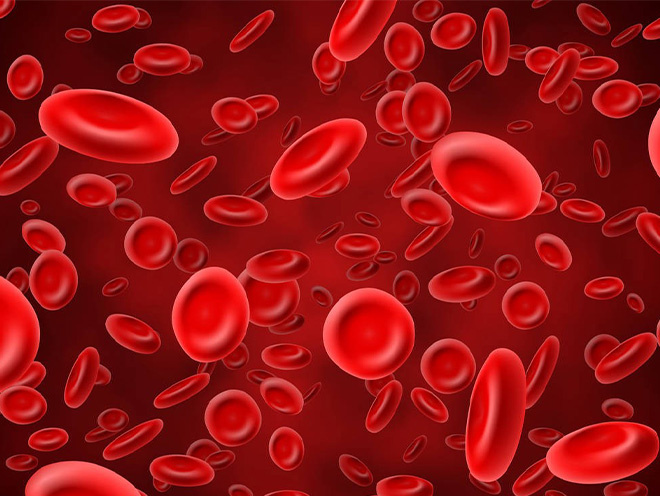

What is Leukemia?
Leukemia is a clonal malignant disease caused by the abnormality of blood-forming stem cells. A large number of abnormal white blood cells, which have lost their ability of further differentiation and maturation and stay in different stages of cell development, are produced in bone marrow and other blood-forming tissues. These abnormal cells abundantly proliferate, accumulate and infiltrate other organs and tissues, meanwhile, inhibit the normal blood-forming functions. That is why leukemia patients always have symptoms like anemia, hemorrhage, infection and infiltration of other organs.
Incidence of Leukemia:
The incidence of leukemia accounts for a percentage of 2.5 among all the cancers. All over the world, about 47,150 people are diagnosed with leukemia every year, and 23,540 people die of leukemia yearly. Leukemia is the Top 1 pediatric cancer in incidence. Children between 0-4 years old are in the highest risk, and the incidences ratio between boys and girls is 7:5.
Common Types of Leukemia:
According to the source and morphological characteristics of the cells, leukemia can be divided into below types:
1、Acute myeloid leukemia: it is caused by the abnormal proliferation of myeloid white blood cells. It has the characteristic that abnormal cells in bone marrow rapidly proliferate affecting the production of normal blood cells.
2、Chronic myeloid leukemia: it is a clonal proliferative disease of blood-forming stem cells. Its major characteristics include bone marrow hyperplasia, peripheral blood leukocytes increase and enlargement of spleen.
3、Acute lymphoblastic leukemia: it is a kind of rapidly progressing leukemia caused when the lymphoblast uncontrollably proliferate and abnormally differentiate or its differentiation is obstructed, which result in formation of abundant immature white blood cells.
4、Chronic lymphocytic leukemia: it is a malignant cancer that affects lymph cells leading to immature differentiation of them. These immature lymph cells gather within bone marrow, inhibit its normal blood-forming function and spread in the body through blood.
For more knowledge about cancer, please click online doctors for consultation.



